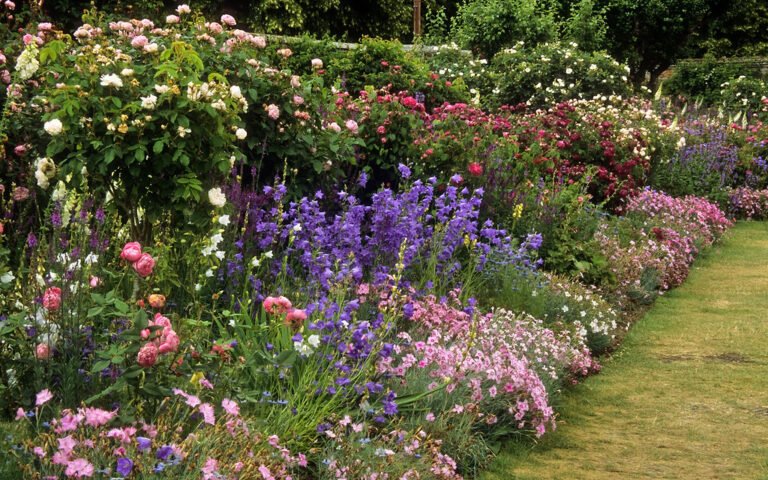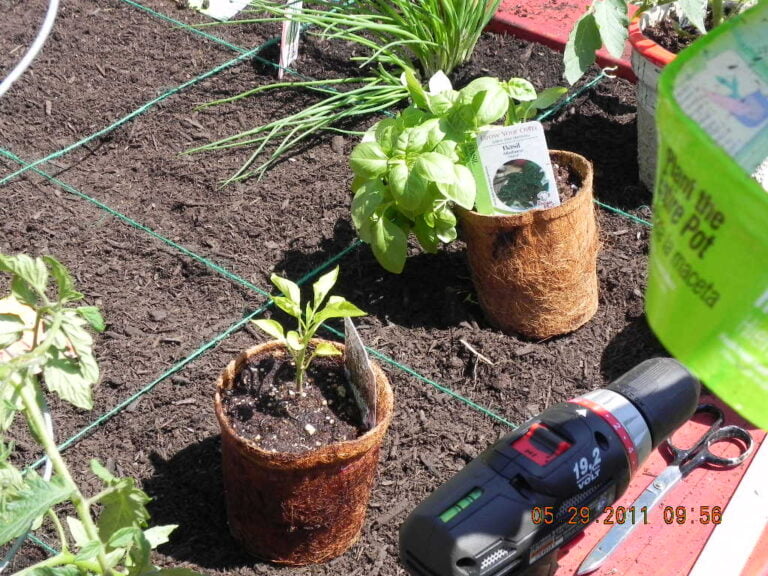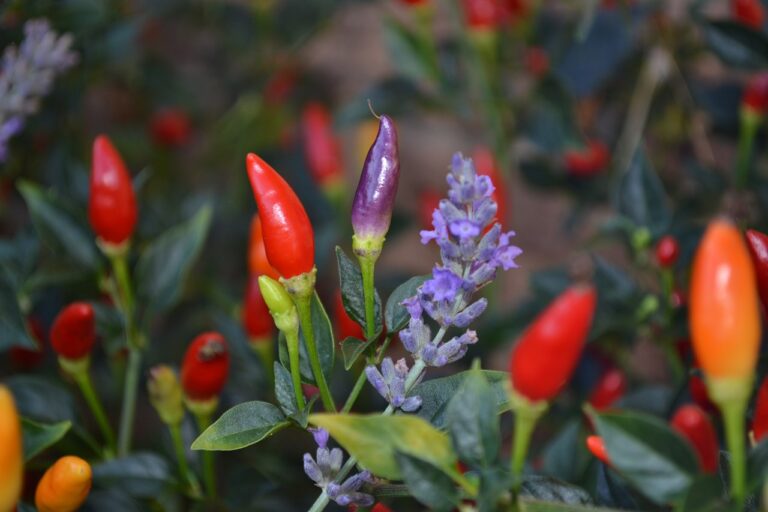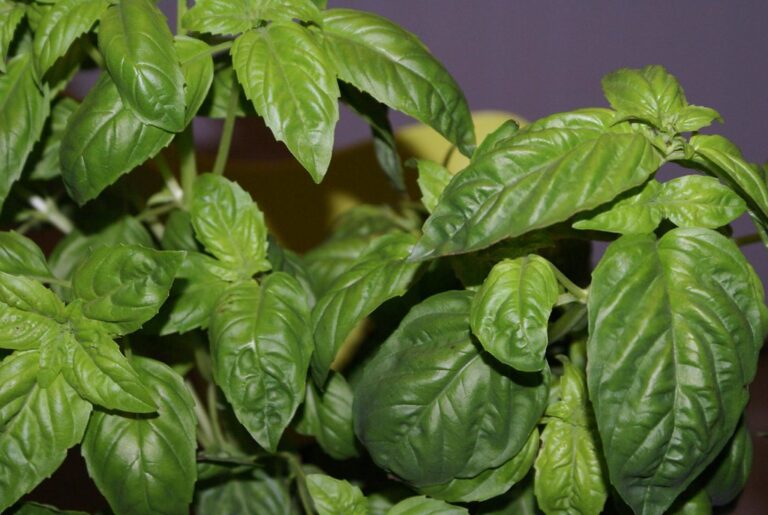Exploring Popular Companion Planting Combinations: From Three Sisters to Carrots and Onions
Exploring popular companion planting combinations offers a dynamic way to improve garden productivity. From the synergistic Three Sisters trio to the beneficial carrots and onions duo, these pairings maximize space and plant health. The Three Sisters combine sweetcorn, beans, and squash in a mutually beneficial relationship. Pairing tomatoes with basil improves flavor and wards off pests. Carrots and onions thrive together, deterring harmful insects. Peas, lettuce, and radishes create a trio that optimizes each plant’s potential. Squash and nasturtiums support one another in the garden. These combinations provide a solid foundation for successful gardening practices.
The Three Sisters Combination
In the traditional gardening practice known as the Three Sisters Combination, sweetcorn, beans, and squash collaborate synergistically to boost each other’s growth and health. This method, originating from Native American agriculture, involves planting corn as the ‘big sister,’ beans as the ‘nurse,’ and squash as the ‘protector.’ The corn provides a vital structure for the beans to climb, allowing them to reach sunlight efficiently. In return, beans, through a process called nitrogen fixation, pull nitrogen from the air and convert it into a form usable by plants, benefiting not only themselves but also the corn and squash nearby. This symbiotic relationship improves soil fertility and reduces the need for synthetic fertilizers.
Moreover, squash plays a significant role in this trio by shading the soil beneath its broad leaves. This shading suppresses weed growth and conserves soil moisture, creating a more favorable environment for all three crops. Additionally, the prickly stems and leaves of squash act as a natural barrier, protecting the corn and beans from pests like raccoons and squirrels. Additionally, the Three Sisters Combination attracts beneficial insects such as ladybugs and ground beetles, which help control pests that might damage the crops. Overall, this method maximizes space, fosters a balanced ecosystem, and exemplifies the power of companion planting in improving plant health and productivity.
Tomato and Basil Pairing
The symbiotic relationship between tomatoes and basil in companion planting is truly remarkable. Basil, with its aromatic leaves, attracts beneficial insects like bees that pollinate tomato flowers, leading to better fruit set and increased yields. Additionally, basil acts as a natural pest repellent, warding off unwanted intruders such as aphids from attacking the tomato plants. This dynamic duo not only improves the overall health of the tomato plants but also fosters a more balanced garden ecosystem.
Moreover, the pungent smell of basil creates a protective shield around the tomatoes, confusing pests and acting as a natural barrier against infestations. This not only safeguards the tomato crop but also reduces the need for chemical pesticides, promoting a more environmentally friendly gardening approach. Additionally, basil’s ability to help retain soil moisture benefits the tomatoes by ensuring they have consistent access to water, promoting ideal growth conditions.
Beyond the practical benefits, the pairing of tomatoes and basil is celebrated for the flavor profile it imparts. Many gardeners believe that tomatoes grown alongside basil have a more robust and flavorful taste, making them a popular culinary combination. Overall, the mutual benefits derived from the tomato and basil pairing exemplify the essence of companion planting, where two plants work harmoniously together to achieve excellent results in the garden.
Carrots and Onions Duo
Carrots and onions make a flavorful culinary combination in the garden, enhancing each other’s taste profiles when harvested together. Their complementary growth habits allow them to thrive side by side, making efficient use of space and resources. Additionally, the pest-repelling properties of these plants help protect each other from common garden threats, ensuring a successful and bountiful harvest.
Flavorful Culinary Combination
Teaming up onions with their flavorful companions in the garden brings a delightful twist to culinary creations. The combination of carrots and onions not only enriches the taste of dishes but also offers benefits in the garden. When planted together, carrots and onions act as natural pest control for each other. Onions deter carrot flies, which helps protect the carrots from infestations. Additionally, the scents of both plants confuse pests, contributing to a healthier growth environment. This culinary duo not only provides a flavorful addition to meals but also showcases the beauty of companion planting. Utilizing their complementary flavors, planting carrots and onions together is a practical and effective way to deter pests while enjoying delicious harvests.
Complementary Growth Habits
Opting to cultivate a harmonious synergy in your garden, the pairing of carrots and onions showcases their mutually beneficial growth habits. Carrots, with their long taproots, help break up the soil, allowing onions, which have shallow roots, easier access to nutrients. Both plants have similar growing conditions, making them compatible companions in the garden. Onions emit a strong smell that confuses pests, serving as a natural deterrent and protecting the carrots from potential harm. This combination is particularly advantageous in polytunnel gardens, where the plants can thrive together and support each other’s growth. By planting carrots and onions together, you can create a productive and thriving garden space, reaping the benefits of their complementary attributes.
Pest-Repelling Properties
In exploring the dynamic partnership between carrots and onions, their notable pest-repelling properties emerge as a key aspect of their combined effectiveness in the garden. The strong aromas emitted by carrots and onions work together to confuse and deter pests, making it challenging for them to locate and harm the plants. Onions play a specific role in deterring carrot flies, acting as a protective shield for the carrot crop. By growing carrots and onions together, gardeners can benefit from their similar growing conditions and pest-repelling qualities. This companion planting strategy is particularly advantageous in polytunnel gardens where space is limited, and plant interactions play a vital role in the success of the crops.
Peas, Lettuce, and Radishes Trio
I’ve always found the combination of peas, lettuce, and radishes fascinating in companion planting. Peas enrich the soil with nitrogen and provide a significant shade that benefits the growth of lettuce. Radishes play an important role by acting as a decoy for pests, safeguarding the main crops and aiding in moisture retention for peas.
Benefits of Trio
Enhancing the growth of peas, lettuce, and radishes, the trio’s dynamic interplay creates a vital interdependent environment that optimizes each plant’s potential. Peas contribute nitrogen to the soil, benefiting lettuce and radishes, while also providing shade that helps regulate the temperature for the other plants. Lettuce, in turn, thrives in the nitrogen-rich environment created by the peas and benefits from the shade provided. Radishes act as a trap crop, diverting pests away from peas and lettuce, thereby protecting them. Additionally, radishes help retain soil moisture, which is advantageous for peas. This trio exemplifies the essence of companion planting, where each plant plays an essential role in supporting the others, resulting in a harmonious and productive garden ecosystem.
Planting Tips for Success
When planting peas, lettuce, and radishes together, consider spacing requirements to guarantee optimal growth and yield. Peas provide nitrogen and shade, benefiting lettuce, while radishes act as trap crops, repelling pests like aphids. To guarantee success, plant peas in a row with a trellis for support, leaving enough space for lettuce to thrive underneath. Radishes can be interspersed among the peas and lettuce to attract beneficial insects and improve soil fertility. Consider the growth rates of each plant to prevent overcrowding. Water consistently, keeping the soil moist but not waterlogged. By following these planting tips and utilizing the strengths of each plant in this companion planting combination, you can create a harmonious and productive garden trio.
Squash With Nasturtiums
Nasturtiums, when planted alongside squash, offer numerous benefits for both plants in the garden. These vibrant flowers attract essential pollinators like bees and butterflies, aiding in the successful pollination of squash plants, leading to better fruit production. Moreover, nasturtiums act as natural pest repellents, helping to deter harmful insects that can damage squash crops, thereby contributing to a healthier garden ecosystem.
One of the remarkable aspects of nasturtiums is their multifunctionality. Not only do they serve as beautiful ornamentals, but their edible flowers and leaves also add a delightful peppery taste to salads and other dishes, making them a practical and attractive addition to any garden. Both squash and nasturtiums share similar growing conditions, including ample sunlight and well-draining soil, making them compatible companions that thrive well together.
In addition to their pollinator-attracting and pest-repelling qualities, nasturtiums can act as trap crops, luring pests away from the more sensitive squash plants. This natural pest management strategy not only protects squash but also helps maintain a balance in the garden’s ecosystem. Overall, planting squash with nasturtiums is a smart and beneficial choice for any gardener looking to improve the health and productivity of their garden.
Brassicas, Beetroot, and Beans Mix
In my experience, combining brassicas, beetroot, and beans in the garden results in a beneficial mix that benefits each plant distinctly. Brassicas, such as cabbage and kale, are well-suited to the UK climate, making them a pivotal choice for many gardeners. When planted alongside beetroot, these two plants thrive together due to their analogous growth conditions, creating a visually appealing and complementary garden bed.
The addition of beans, especially nitrogen-fixing varieties like broad beans, further enriches this trio. Nitrogen-fixing beans play a vital role in improving the soil, which is particularly advantageous for leafy brassicas like cabbage and kale. Broad beans, in particular, make excellent companions for spring brassica crops, ensuring a steady supply of nitrogen to support their growth.
For those looking to provide shade to their brassicas during hot weather, French or runner beans are excellent choices. These climbing beans can create a natural canopy that helps shield the brassicas from excessive sunlight, maintaining more stable and favorable growing conditions for all plants involved.
Marigolds or Borage in Combinations
Marigolds or borage serve as valuable companion plants, enhancing the health and resilience of polytunnel crops through their essential pest deterrent properties and contributions to the garden ecosystem. French marigolds and borage are popular choices for companion planting due to their ability to attract beneficial insects while deterring harmful pests. These annual flowering plants can be strategically scattered throughout vegetable beds to create effective companion planting combinations.
By incorporating marigolds or borage into your polytunnel crops, you not only add diversity to your garden but also enhance its overall health. These plants play an important role in companion planting strategies by fostering a balanced and thriving environment. The natural pest deterrent qualities of marigolds and borage help in maintaining the well-being of your crops while contributing to the resilience of the garden ecosystem.
Furthermore, the presence of marigolds or borage can attract a variety of beneficial insects, such as pollinators, which are essential for the successful growth of many vegetables. Including these companion plants in your garden can greatly improve the effectiveness of your pest management techniques while promoting a harmonious relationship between different elements of the garden ecosystem.





